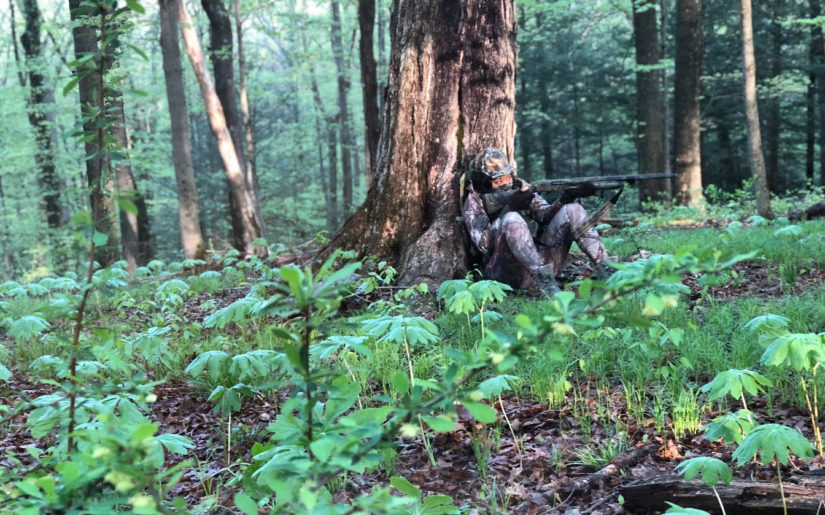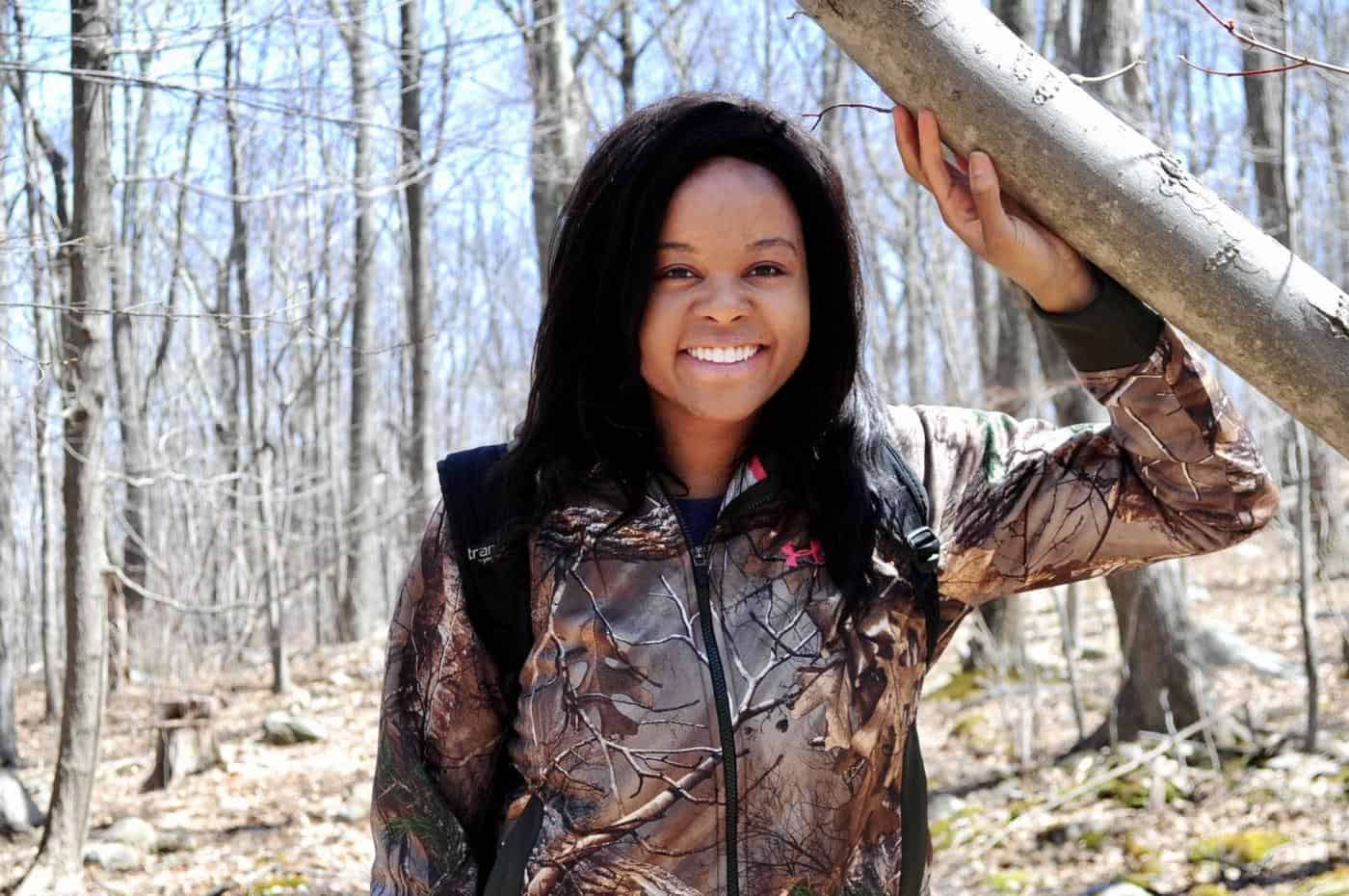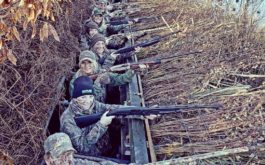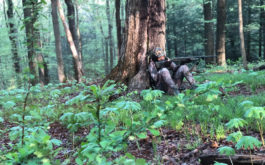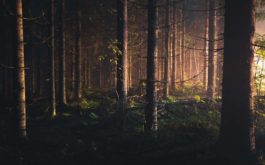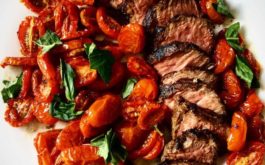If you would have asked me last year how I felt about hunting as conservation, I wouldn’t know what you were asking. Unfortunately, a large portion of Americans are unaware of conservation history in our country. Many people don’t understand the connection between hunting and conservation. This because the two seem mutually exclusive at first thought. There are however a few specific ways that hunting aids conservation efforts. The outcome of these has been nothing short of phenomenal.
Population Restoration
I have been fascinated learning about U.S. conservation history and the animals that have been affected. In the 1800s, market hunting was practiced in order to utilize bones, feathers, or pelts of wild animals for profit. Since this was not a regulated practice, market hunters decimated numerous wild species in North America.
These species included great auks, heath hens, labrador ducks, and passenger pigeons, all of which are now extinct. Other species like bison and deer were almost hunted to extinction until conservation laws and regulations were enacted. Essentially, hunters realized there would be no more wild animals to hunt if nothing changed. This led to the birth of many conservation efforts geared toward sustaining the tradition for generations to come.
Look at the conservation story of the wild turkey in New Jersey, for example. During my first turkey hunting season, I learned the state’s turkey population was non-existent in the mid 1800s. Through the conservation efforts of the National Wild Turkey Federation, a small group of 22 wild turkeys relocated in 1977 has exploded into a healthy population of over 23,000 across New Jersey.
Population Management
The most popular question I hear non-hunters ask is, “How are you conserving animals if you’re hunting them?”. The answer is simple. You’re not conserving the one or few animals you may harvest every year. Instead you’re contributing to the conservation of the entire species and larger ecosystem. Hunting monies are generated from license fees, tags and excise taxes on guns and ammunition. This money goes back into the management and conservation of the animals.
What happens when a housing development is constructed? Habitat is repurposed to fit human needs. When farms are established, and stores constructed, wild animals have to find new habitat, which is more than likely already occupied. So, what happens when there are too many animals and not enough habitat? Many countries manage urban wildlife populations down to the municipal level. Unfortunately many countries in the world do not have this infrastructure in place which puts wildlife and the ecosystem at risk.
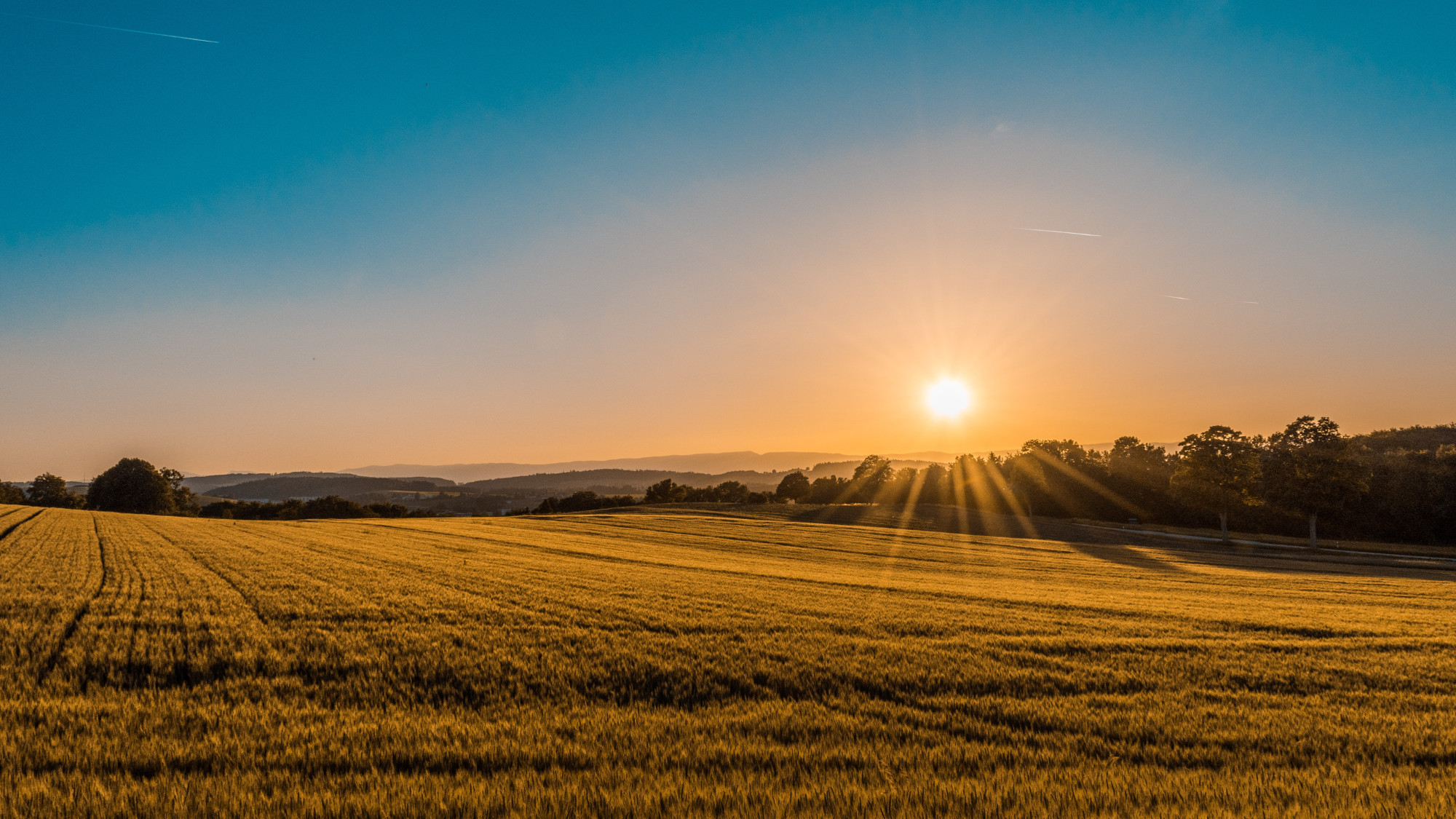
Land Management
More than 50 million acres that have been protected due to the efforts begun by President Theodore Roosevelt in 1901. In the United States today there are 76 areas managed by the National Park Service, 36 wetland management districts, and 336 national wildlife refuges. The Bureau of Land Management and the U.S. Fish and Wildlife Service manage these areas. They carefully regulate the harvesting of wildlife on public lands. To do this they take into account species’ populations, economins, habitat feasibility, and public demand and safety.
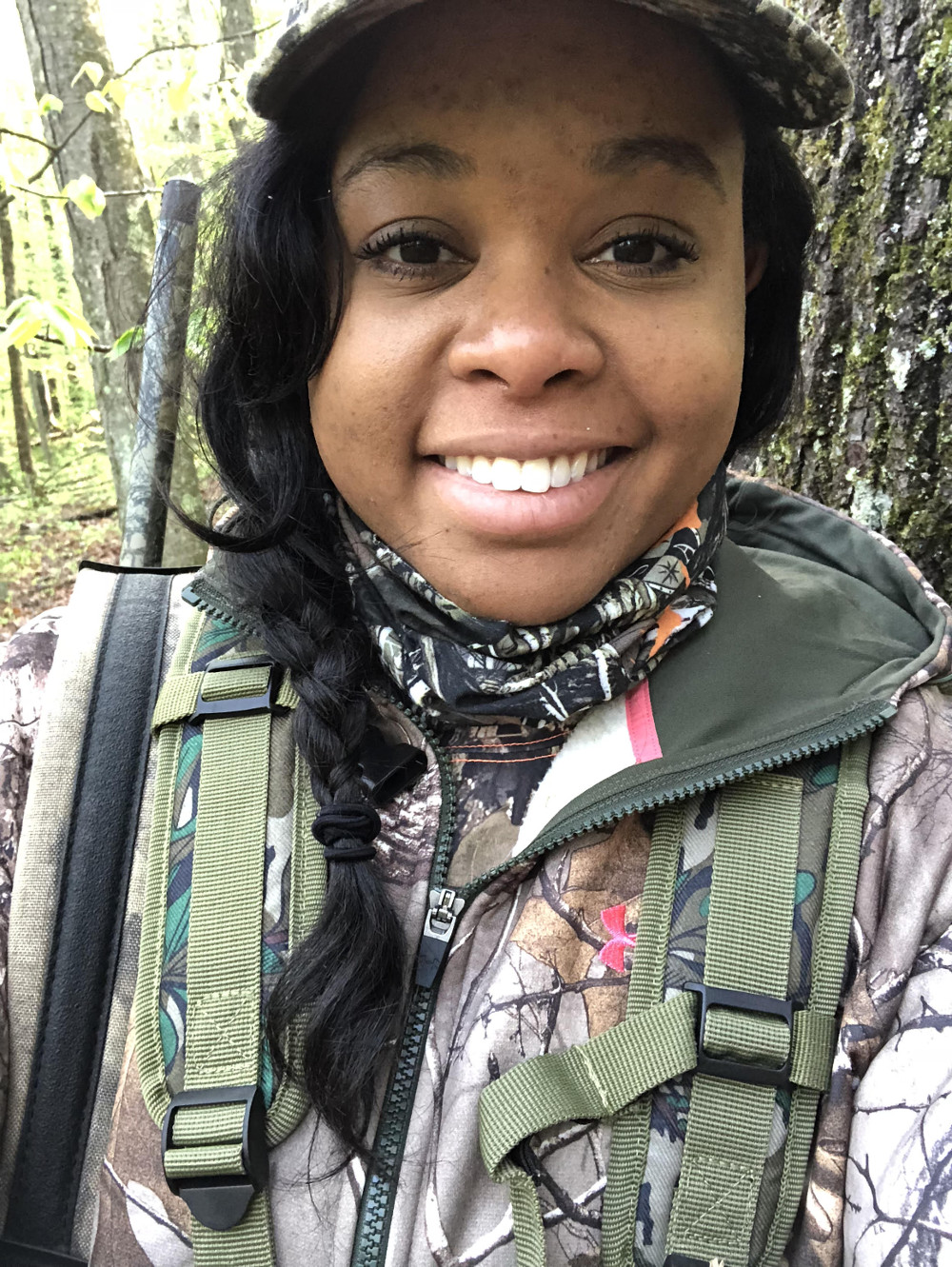
Not too long ago I didn’t know that the pronghorn is an indigenous species to North America. I didn’t know the diversity of species of deer or how lands were managed. I was unaware that the passenger pigeon was rendered extinct at the beginning of the 20th century. I’m happy to write that I’ve learned a considerable amount about hunting as conservation, and now contribute to it as well. I will continue to spread the word about conservation and the ecosystem so non-hunters and hunters alike understand the importance of the tradition.
